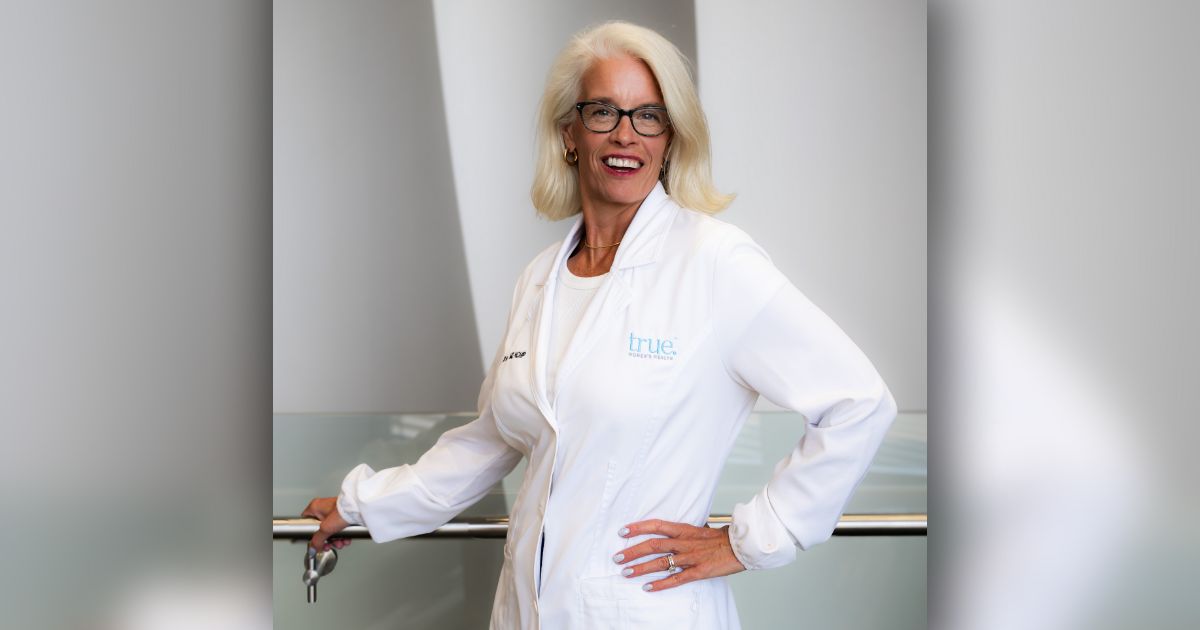Countless changes have plagued our lives over the past couple of months.
We are all experiencing anxieties, fears and complexities we have not previously faced. And, at the same time, some are experiencing a comfort we didn't think was possible—the kind of blessed comfort that can only be found when the world shuts down, forcing us to stay home and enjoy our loved ones without interruption.
As we prepare to work to open society again, we are left with numerous questions. We'll do our best to piece together some semblance of normalcy, control, and safety by researching, listening to trusted resources, educating ourselves, and ultimately making the decisions that feel right for our health, our bank accounts, and our consciences. During this time of crisis, our general medical care, and in some instances our mental health care, has needed to take a back seat.
I won't pretend to have all the answers for you, but I'll do my best today to shed some light on how to safely resume your general medical care.
Let's start with telehealth.
What is it?
Is it worthwhile?
I'm not so tech savvy—can I have a telehealth visit?
I'll just wait until things open up again and go in for a "normal" visit.
What the heck is telehealth?
I've been asked all these questions, and more, just in the past few days!
Telehealth is the broad descriptor for the provision of general health care services from a remote location. Telemedicine, more specifically, is the practice of medicine using audiovisual technology to deliver clinical services from a provider to a patient. The current COVID-19 crisis has expanded availability for the use of telemedicine to allow for increased patient access to their medical providers.
Over the past month and a half, I have seen patients exclusively via telemedicine. And let me tell you, I've been so grateful for the opportunity. Telemedicine allows me to deliver evidence-based, real-time, up-to-date medical care without the concern of exposing patients or staff to any potential virus, whether that be in the office or in the process of getting to the office. I can counsel and order testing for patients to check for the presence of antibodies to COVID-19.
I am able to discuss pelvic pain, birth control, preconception planning, endometriosis, polycystic ovaries, menopause, hormone imbalance, sexuality counseling, irregular uterine bleeding, low libido and more. Even our pelvic floor physical therapist is able to provide care via telemedicine.
I also have the ability to see my patients, and their kids, and their partners, and their cats and dogs—which has been really quite wonderful! I get a glimpse at a part of their lives I would have never been privy to in any other situation. Patients can ask any number of questions, I can order labs or imaging if needed, and medications can be prescribed if necessary—all without either of us leaving the safety of our homes.
Imagine if this had been so accessible before now. Imagine the increased access to medical care that could have been provided to those in outlying communities, to those without reliable transportation or to those without reliable childcare.
Let me address the elephant in the room: For those who know me, you know I practice in Women's Health. And no, I do not do pap smears via telemedicine! There is no good way for me to view or test a cervix via audiovisual technology. (Not yet, at least!) So, rest easy. No clothes will be removed for these visits—although it is possible to check on rashes on visible body parts.
There are plenty of things that just plain have to be done in person, with a hands-on examination. And besides a physical exam, here's the other thing that's missing when we practice telemedicine: real, palpable human interaction. The type that allows me to see the small twitch when I say or ask something that inadvertently makes my patient uncomfortable. That tell or stiffening that allows me to change gears or allow space for this patient to process and follow up with their own question. The ability for our staff to surround this patient in support. The quiet, judgment-free space some of our patients need for healing to take place. The feeling that our patients have when they leave wrapped in the comfort of knowing they are not alone in their healing journey.
But as in all of medicine, we weigh the risk-benefit ratio. Currently, there is more benefit to utilizing telemedicine for most general medical care. But soon, that ratio will likely flip and we'll get back to providing medicine in the office, the "old school" way.
My hope is that insurance companies recognize telemedicine as an efficacious and accurate method of providing medical care to those who may not otherwise be able to receive care. Medical providers will then have the capability to choose to see certain patients via telemedicine on a case-by-case basis, based on their particular risk-benefit ratio.
Telemedicine is not to be feared or shunned. It is a safe, effective method of gaining access to your medical provider and continuing or resuming your medical care. It is typically quite simple for all users, accessible by either your computer with a camera and a microphone, or with your smartphone. And if you do not have either, you can have a telephone visit with your provider.
Often there aren't any apps to download; just a link to click. Many platforms are now HIPAA compliant as well. Remember: You have choices and taking control of your health is one way to take control of your life again. Most medical providers are offering some form of telemedicine or phone visits now.
Telemedicine is a bright, beautiful, shining silver lining in all of this. Please feel free to throw those apprehensions aside and put yourself on your list of things to take care of today. You're literally living through a global pandemic. You deserve it.
Written by Nisha McKenzie, PA-C,CSC, NCMP, IF, Founder, Women's Health Collective.
Courtesy of Women's Health Collective.




